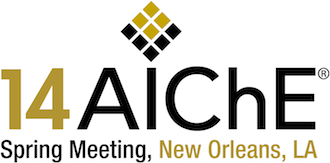

Dust explosions hazards have been addressed in a number of standards and guidelines aiming at supporting industry to work safely (including NFPA 61, 68, 69, 654 and 484). These standards are partly based on research carried out through the years. Experiments have been carried out, with many being conducted on the large scale, to understand how dust explosions develop and progress. Protective systems have also been developed and tested to reduce the potential consequences of dust explosions. The overwhelming majority of these experiments were conducted with organic dusts, and very little work has been performed using metal dusts.
Metal dust explosions may behave differently from organic dust on the large scale due to the contribution of radiation to the flame propagation mechanism. The incident radiation at a position ahead of the flame is related to the size of the flame ball, and hence it is scale dependent. This paper presents a review of all dust explosion experiments performed with metal dusts, including those conducted at large scales. One main goal of the paper is to outline cases that demonstrate the different behaviour of metal dust explosions (as compared to organic dusts) and discuss the consequences.
An example of the different behaviour observed for metal dusts concerns tests performed in a 5.8 m3 filter connected to a 2 m3 process vessel via a 22 m long 6” pipeline. Tests were performed with silicon dust (KSt-value KSt=140 bar.m/s) and organic dusts (KSt-value varying between KSt = 55 – 145 bar.m/s). The silicon dusts exploded more violently in the filter (pressures generated in the filter were 0.41 bar for maize starch (KSt-value KSt= 145 bar.m/s) and 0.75 bar for silicon) and considerably more violent in the duct despite them having a similar KSt-value.
